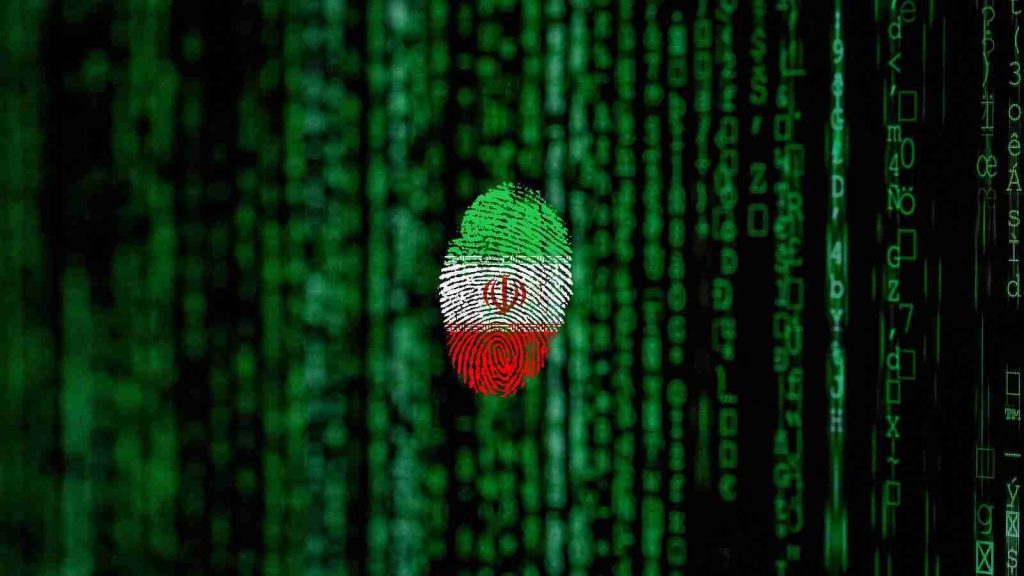KEEP IN TOUCH
Subscribe to our mailing list to get free tips on Data Protection and Cybersecurity updates weekly!







Researchers have spotted a new espionage hacking campaign targeting telecommunication and IT service providers in the Middle East and Asia.
The campaign has been conducted over the past six months, and there are tentative links to the Iranian-backed actor, MERCURY (aka MuddyWater, SeedWorm, or TEMP.Zagros).
The report comes from the Threat Hunter Team at Symantec, who has collected evidence and toolset samples from recent attacks in Israel, Jordan, Kuwait, Saudi Arabia, the United Arab Emirates, Pakistan, Thailand, and Laos.
Also Read: IT Governance Framework PDF Best Practices And Guidelines
The attackers appear to be most interested in vulnerable Exchange Servers, which they use for web shell deployment.
After the initial breach, they steal account credentials and move laterally in the corporate network. In some cases, they use their foothold to pivot to other connected organizations.
Although the infection vector is unknown, Symantec was able to find a case of a ZIP file named “Special discount program.zip,” which contained an installer for a remote desktop software application.
As such, the threat actors may be distributing spear-phishing emails to specific targets.
The first sign of compromise by the threat actors is typically the creation of a Windows service to launch a Windows Script File (WSF) that performs reconnaissance on the network.
Next, PowerShell is used to download more WSFs, and Certutil is used to download tunneling tools and run WMI queries.
“Based on process lineage data, attackers seemed to use scripts extensively. These may be automated scripts used for collecting information and downloading additional tools,” explains Symantec’s report.
“However, in one instance, a command asks cURL for help, suggesting that there may have been at least some hands-on-keyboard activity on the part of the attackers.”
Having established their presence on the target organization, the actors use the eHorus remote access tool, which enables them to do the following:
To pivot to other telcos, the actors look for potential Exchange Web Services links and use the following commands for this purpose:
certutil.exe -urlcache –split [DASH]f hxxps://[REDACTED]/ews/exchange[.]asmx
certutil.exe -urlcache -split [DASH]f hxxps://webmail.[REDACTED][.]com/ewsThe full list with the toolset used by the particular actor is given below:
Most of these tools are publicly available tools commonly used by offensive security teams, so they may not trigger alarms in organizations.
Also Read: Steps On How To Create Complain About Telemarketing Calls
Even though the attribution isn’t definitive, Symantec logged two IP addresses that overlap with infrastructure used in older MuddyWater attacks.
Moreover, the toolset features several similarities to March 2021 attacks reported by Trend Micro researchers.
Still, many Iranian state-supported actors use off-the-shelf tools and regularly switch infrastructure, and as such, no conclusive attribution can be made at this time.